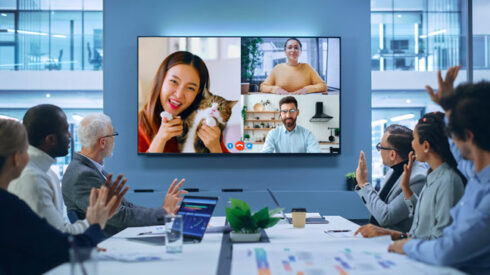
Office closures and people starting to work from home became the new normal in 2022, creating both logistical problems and big opportunities for many software development organizations.
In the fall of 2021, a Google study found that more than 75% of respondents said they expect hybrid work – splitting time between an office and working from home – would become a standard practice within the next three years.
It hasn’t taken that long.
hy. (My take: when you work from home, you’re never really working, and you’re never really home).
The stress of all this on workers has taken its toll, with many developers saying they’re burned out, in what the World Health Organization’s International Classification of Diseases has called an “occupational phenomenon.”
Characteristics of burnout include fatigue or exhaustion, increased mental distance or negativity towards one’s job, and reduced efficiency at work. Yet detecting burnout is more difficult when the worker is remote, since managers and coworkers don’t have visibility into how that worker is feeling and actually working.
But one of the keys to making remote work, uh, work is improved communication and collaboration. And this is done by fully transitioning their work and the tools they use into the cloud.
The COVID-19 pandemic was the driving factor, and organizations had to move quickly for business continuity. David Williams, VP of product strategy at the cloud and DevOps automation company Quali, told SD Times in October, “The pandemic came in and was really what put an emphasis on leveraging the cloud … It had multiple impacts and one of them was the higher priority given to the legacy applications that were on the back burner until a year and a half ago.”
And Adam Preset, VP analyst at Gartner, said the volume of questions organizations had about cloud collaboration tools increased exponentially over that time. He attributed that to companies realizing that on-premises collaboration tools came with limitations on where employees had to work and how they could access the technology they needed.
Williams noted that in a hybrid environment, communication tends to be more intentional and meaningful and less “accidental” – meaning just bumping into someone in the company kitchen to have a conversation doesn’t happen when people are working remotely.
So, as organizations settle into this new normal of hybrid work, the editors of SD Times are declaring 2023 to be “The Year of Continuous Improvement.” Throughout the year, we’ll be writing articles and scheduling events around how, with the new routines becoming comfortable, individuals and organizations can work to get better.
We wish our readers a very happy holiday season, and we look forward to continuing to bring you the information you need to help in that quest for improvement.






